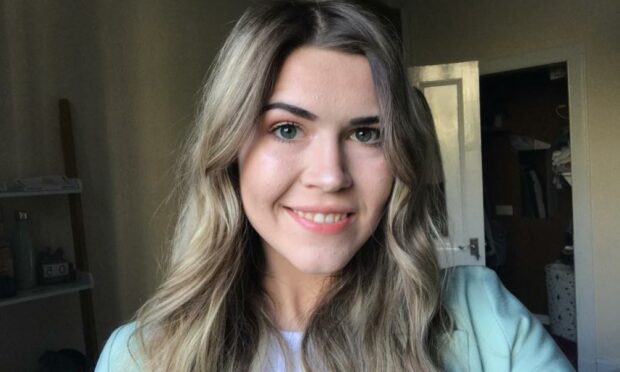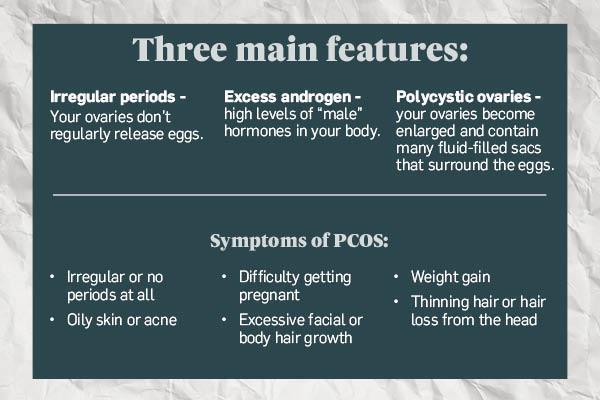An Angus woman is calling for greater action helping treat a potentially serious condition affecting as many as one in 10 of us.
Robyn McLaughlin, 22, recently found out she has polycystic ovary syndrome (PCOS), which affects a woman’s hormone levels and ovary function.
This can lead to irregular ovulation and high levels of certain hormones in the body.
It also causes problems if someone is trying to get pregnant. And Robyn feels the condition often goes untreated unless it directly impacts women trying for a baby.
“These are young women dealing with very real problems and nobody is addressing them.
PCOS led to heart palpitations and fainting
The 22-year-old from Glenogil, Angus, says she has always had a “really irregular” menstrual cycle, but wrote that off as being normal for her.
Her concerns escalated last December when she had a contraceptive coil fitted, leaving her in severe pain.
Then, just a few days before Christmas, she began feeling “really nauseous, having heart palpitations and really scared.”
Robyn was meeting her boyfriend’s grandmother for the first time when she said: “I’m going to faint.”
We echo @kirstenoswald's statements and agree the silence surrounding #PCOS needs to change.#EndoPCOSDebate #APPGforPCOS #1in10 pic.twitter.com/sUxyiuGe2n
— Verity PCOS Charity (@veritypcos) November 7, 2021
After a few phone calls, Robyn got an appointment at a sexual health clinic where her coil was removed, with the ordeal leading to her PCOS diagnosis.
“I ended up having to get scans to check for infections,” she says.
“Then the nurse who was doing the scan described my ovaries as ‘bulky.’
“I didn’t seem like the type of person who had PCOS and it showed up that I had quite high testosterone.”
‘I was feeling suicidal’
While there’s no cure for PCOS, leaving it unmanaged can lead to type 2 diabetes and high cholesterol levels in later life.
Many of its symptoms can be treated with regular medication or the use of the contraceptive pill.
But when Robyn tried this, she was left feeling even worse than before.
“I felt so down, to the point where I was feeling quite suicidal,” she explains.
“I was like ‘What’s the point in being here?’ – I just didn’t see the point in life.
“I’d gone from being pretty normal, dealing with the after-effects of the coil to the complete opposite of how I usually am.”
If you’re thinking of suicide and need help now, you can contact the Samaritans 24/7 free of charge on 116 123.
In terms of treatment options going forward, Robyn feels the contraceptive pill is no longer an option for her due to the impact it has on her psychologically.
Instead, she wants to give her body “time to heal” after a year of “being abused by medication and antibiotics.”
The NHS says lifestyle changes – such as weight loss, healthy eating and exercise – can help lower the risk of developing long-term health problems from PCOS.

“I am aware my PCOS isn’t terrible in comparison to some, but if it’s unmanaged it can lead to diabetes. And you can find it really hard to get pregnant,” Robyn adds.
She’s now trying to focus on her diet, cutting back processed food and sugar to help her condition.
‘Nobody is addressing’ PCOS concerns
Around one in 10 women may develop PCOS, and Robyn says people should pay more attention to it.
“Women’s health in general just isn’t spoken about or given the time to breathe into,” she says.
“I think there is a bigger societal issue where, with PCOS, it’s not a problem until you’re trying to get pregnant. Not every woman wants to be pregnant.
“Those who develop it tend to be in their teens or 20s.
“These are young women dealing with very real problems and nobody is addressing them.”

